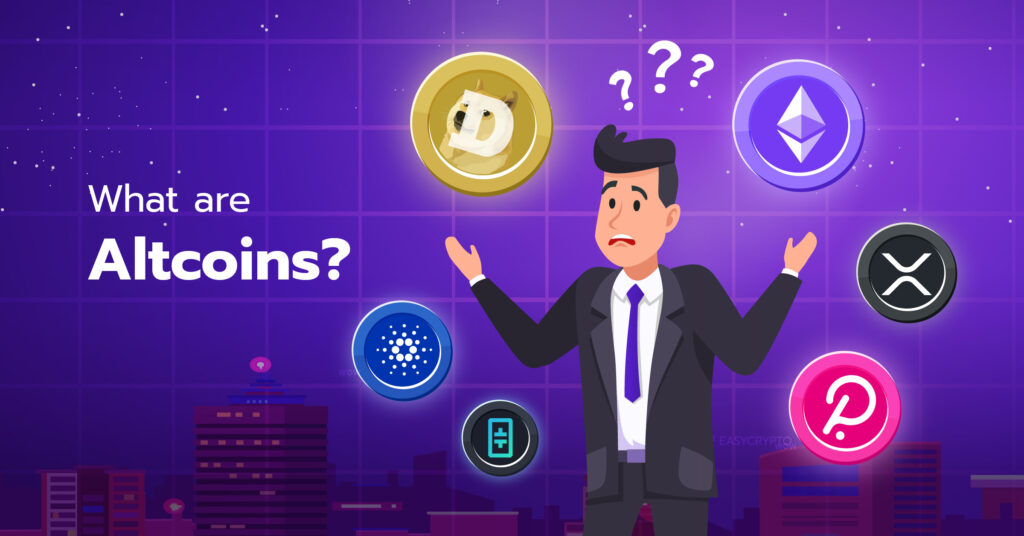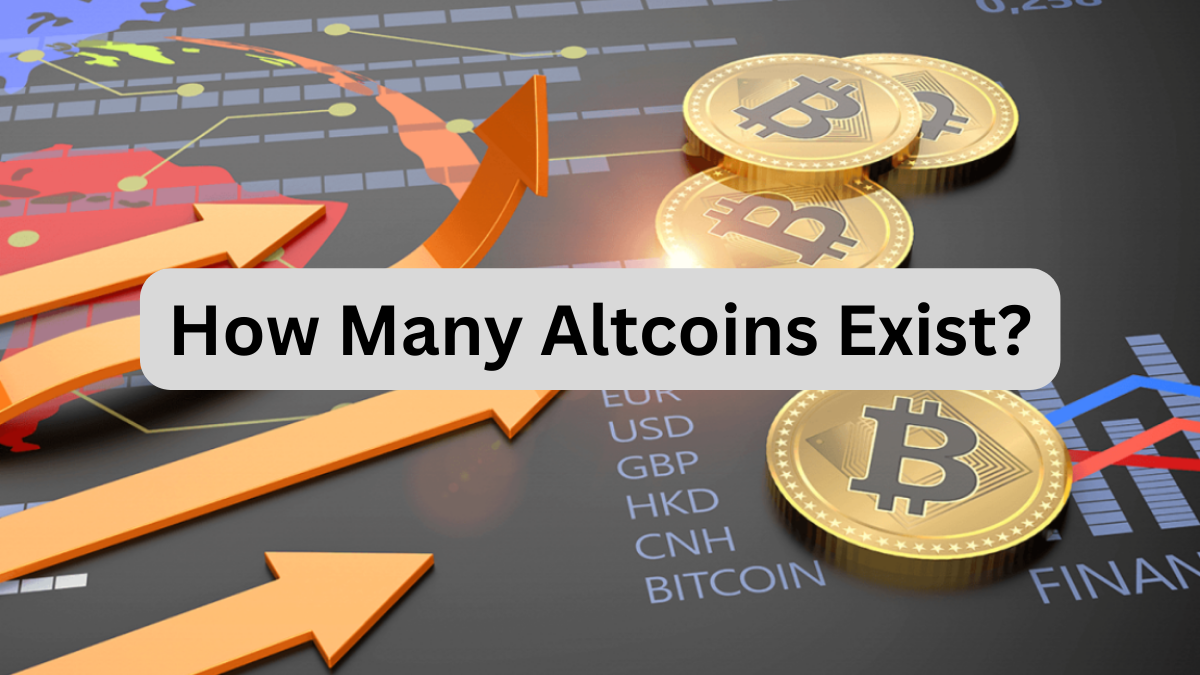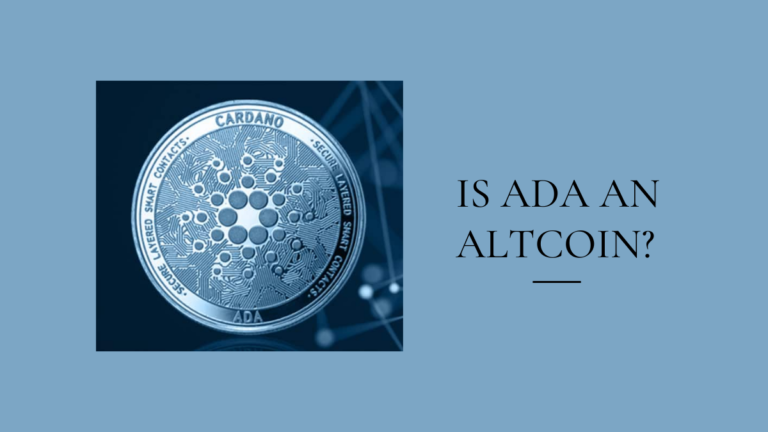How Many Altcoins Exist?
Welcome to the thrilling world of Altcoins, where innovation seems to know no bounds. While most people have heard about Bitcoin, the revolutionary digital currency that took the financial industry by storm, did you know that it’s just the tip of a vast iceberg? Enter altcoins – an entire universe of alternative cryptocurrencies aiming to redefine and reimagine how we exchange value. In this blog post, we’ll embark on a captivating journey through the virtual realm as we explore just how many altcoins exist out there. Buckle up and get ready for some mind-blowing discoveries.
What is an Altcoin?
An altcoin is a digital or virtual asset that isn’t issued by a central authority, but rather by the community of users who create them. These decentralized currencies are often times complementary to traditional fiat currencies and can be used as an alternative way to purchase goods and services. Altcoins are also traded on centralized exchanges, and many have experienced significant price fluctuations in recent months.

History of Altcoins
Since the early days of Bitcoin, people have been creating their own altcoins. These are digital or virtual tokens that vary significantly from Bitcoin in terms of how they work and what purposes they serve. Altcoins are created using a variety of different methods, but the most common way to create an altcoin is to copy the code for Bitcoin, modify it to fit the needs of the project, and then release it as an existing cryptocurrency with a new name.
The first altcoin was created in November 2013, but it wasn’t until January 2014 that the term “altcoin” became widely used. That month, LTC (Litecoin), an offshoot of Bitcoin, was launched by Charlie Lee. Litecoin quickly became one of the most popular altcoins and is still in use today. Other famous altcoins include Dogecoin (DOGE), which was created in December 2013; NEM (XEM), which was released in March 2014; and Ethereum (ETH), which was created in July 2015.
While there are a number of different types of altcoins, some key characteristics that all altcoins share are: they’re decentralized; they use blockchain technology; and they often have unique features that set them apart from traditional cryptocurrencies.
How Does an Altcoin Work?
An Altcoin is a cryptocurrency that isn’t based on the Bitcoin protocol. There are a total of 1,411 active altcoins as of February 2019. Each altcoin operates independently of one another and has its own set of rules.
To create an altcoin, you first create a new digital currency code. You then release this code to the public for anyone to download and use. Next, you create a website or software application for people to use to generate new altcoins. You promote your new coin by creating articles, hosting meetups, and advertising your platform through social media and other online platforms.
Since there are so many different altcoins out there, it can be hard to know which ones are worth investing in. To help make this decision easier, we’ve created a list of the top 10 most valuable altcoins as of February 2019.
Types of Altcoins
There are over 100 different altcoins in existence today. Some are more popular than others, but all of them have a unique set of features that make them stand out from the crowd. Altcoins can be divided into four main categories: digital currencies, tokens, platform coins, and utility coins.
Digital currencies are the simplest type of altcoin. They simply use blockchain technology to secure transactions and to control the creation of new units. Bitcoin is the most well-known digital currency, but there are many others available including Litecoin, Ethereum, and Ripple.
Tokens are a slightly more complicated type of altcoin. They use blockchain technology to secure transactions and to create a virtual asset that can be traded on exchanges like Bitcoin or Ethereum. The two most famous tokens are Ethereum and Bitcoin Cash.
Platform coins are special type of tokens that act as a foundation for other cryptocurrencies or blockchain-based applications. examples include Steemit and EOSIO.
Utility coins are the last type of altcoin you’re likely to hear about. They don’t have any real world use other than providing access to a specific service or product. examples include Dogecoin and NEO Gas。
How Does an Altcoin Work?
An altcoin is a cryptocurrency that exists outside of the traditional financial system. Bitcoin, Litecoin, and Ethereum are three well-known altcoins. Altcoins are often created to improve on the features of Bitcoin and other cryptocurrencies. There are currently over 1,300 different altcoins in existence.
Like Bitcoin, an altcoin is based on a blockchain technology. A blockchain is a digital ledger of all cryptocurrency transactions. Transactions are verified by network nodes through cryptography and recorded in a public distributed ledger called a blockchain. Nodes can be thought of as miners who work to verify and append new blocks to the blockchain. Each block contains a timestamp, transaction data, and proof of work (PoW).
Each node can validate only those blocks that it has been given permission to validate by the network’s consensus rules. Anyone can create a new node on the network, but doing so requires downloading the entire blockchain and verifying its contents. This process is called mining. Mining nodes use resources like processing power and storage to help keep the blockchain consistent with each new block added to it.
Different cryptocurrencies have different protocols for rewarding miners for verifying transactions and adding blocks to their respective blockchains. Some cryptocurrencies, like Bitcoin, reward each block producer with newly created bitcoins or transaction fees paid by users sending transactions through that block producer’s network.
How to Buy and Trade Altcoins
There are a total of 1,000 different altcoins in existence as of September 2017. In order to buy and trade these altcoins, you will need to first find an exchange that accepts them. Once you have found an exchange, you will need to deposit money into your account and purchase altcoins. You can then trade these altcoins for other cryptocurrencies or fiat currencies on the exchange.
Conclusion
Altcoins are a relatively new phenomenon, but that doesn’t mean they don’t have a lot of potential. In this article, we’ve outlined some of the key benefits of investing in altcoins and given you a primer on what to look for when assessing an altcoin’s viability. If you’re interested in dipping your toe into the altcoin waters, now is a great time to do so – there are plenty of options available for savvy investors.






